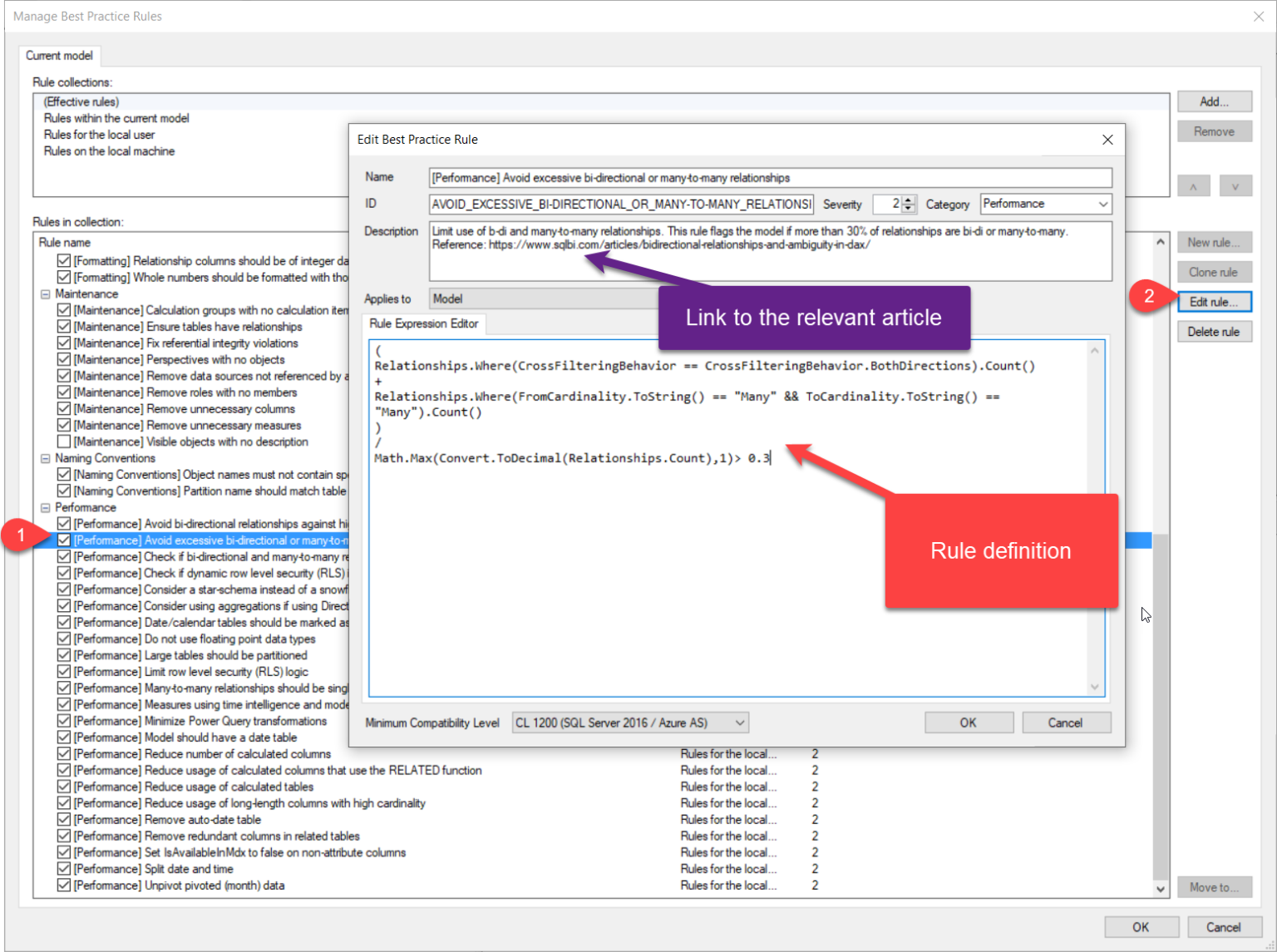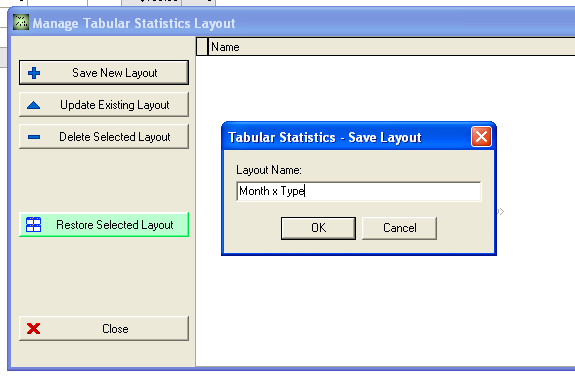

If you've used the Best Practice Analyzer in previous versions, the first thing you'll notice is that the UI has been completely redesigned, making it take up less real estate on your screen. You can disable this feature under File > Preferences.Ĭlicking the link (or pressing F10), brings up the new and improved Best Practice Analyzer UI: Whenever a change is made to the model, the Best Practice Analyzer scans your model for issues in the background. The first thing you'll notice, is that Tabular Editor now reports the number of Best Practice issues directly within the main UI: We welcome all feedback regarding these rules and will continue to seek ways to refine the rules and make the process for improving a model even easier.As of Tabular Editor 2.8.1, the Best Practice Analyzer has received a major overhaul. We decided to remove this rule as the rule itself runs slowly when analyzing large/complex models.Īs of this newly released version (1.1), we now have 60 best practice rules to help guide you to a model with better performance and a more optimized design. No two measures should have the same definition.As such, the rule name has changed to ‘Visible objects with no description’. The scope of this rule has narrowed down to only visible objects. As such, the rule name has been changed to ‘Expression-reliant objects must have an expression’. This scope of this rule now encompasses not just Measures but also Calculated Columns and Calculation Items. Calculated columns must have an expression.Note that this specific fix requires Tabular Editor version 2.16.1 or higher. For more information on this see the official documentation. Partition name should match table name for single partition tablesĪ ‘fix expression’ has been added to this rule so that the issue can be resolved by using the ‘Generate Fix Script’ or ‘Apply Fix’ functionality within Tabular Editor.This simple rule detects calculation groups which have no calculation items. Calculation groups with no calculation items.tables, columns, measures or hierarchies). This simple rule detects perspectives that contain no objects (i.e. Such relationships are either not necessary or should be ‘activated’ using a measure as previously specified.

This rule finds relationships which are marked as inactive and are never ‘activated’ in a measure using the USERELATIONSHIP function.
Bpa rules tabular editor full#
This rule scans for a poorly performing syntax in DAX when filtering on a measure value within a CALCULATE or CALCULATETABLE statement. Make sure to see the rule description for the full rule context. Filter measure values by columns, not tables.Make sure to see the rule description for the full rule context.

This rule scans for a poorly performing syntax in DAX when filtering on a column value within a CALCULATE or CALCULATETABLE statement.
Bpa rules tabular editor how to#
For instructions on how to see these rule descriptions, see the ‘View Rule Descriptions’ section within the original article on this topic. When running these rules against your model it is critical to read the descriptions to understand the full context of the rules.

It should be noted that many of the rules have a description and link to a reference article which provide more context for the rule.
Bpa rules tabular editor download#


 0 kommentar(er)
0 kommentar(er)
